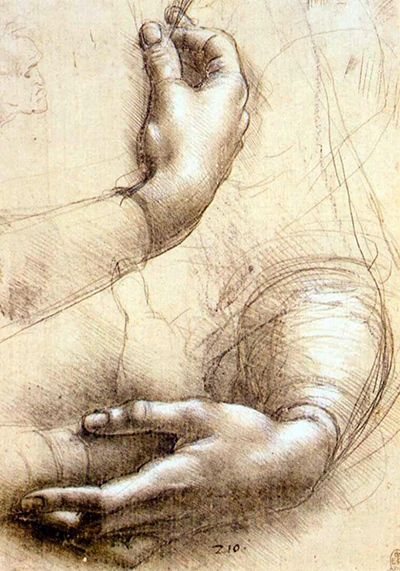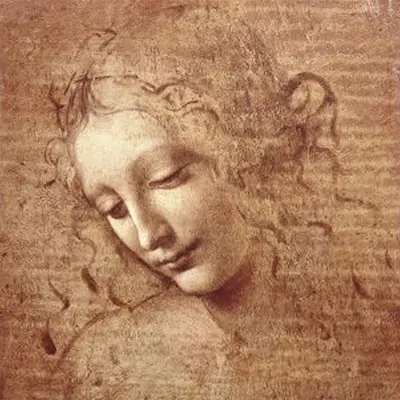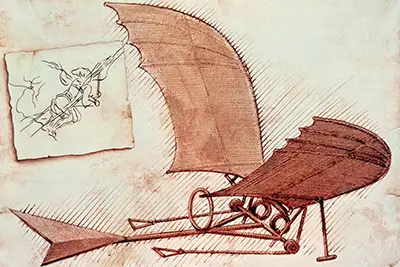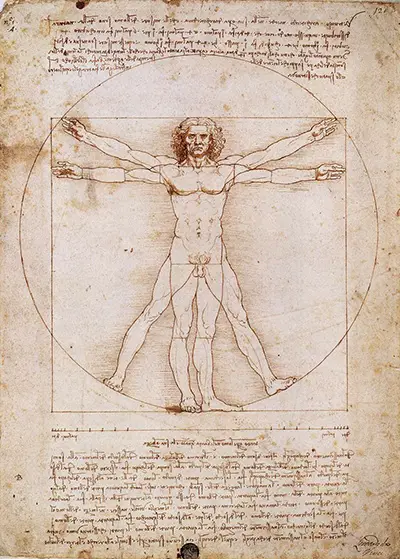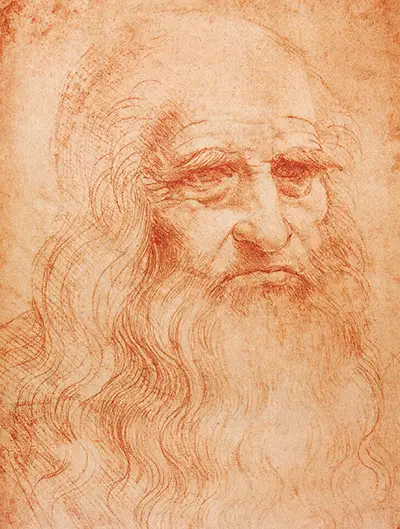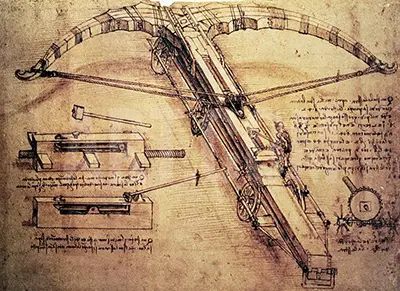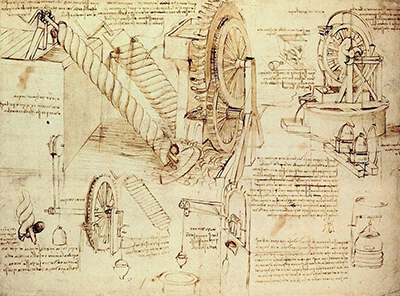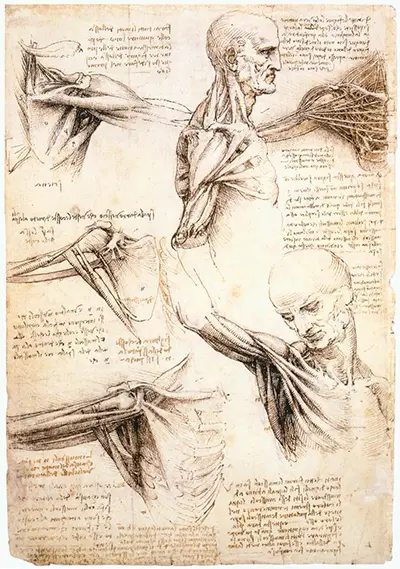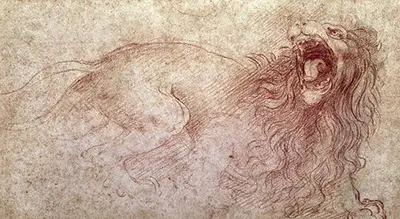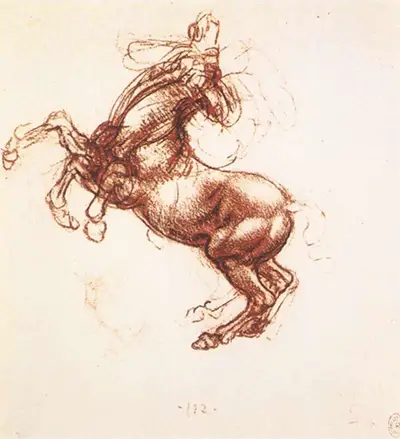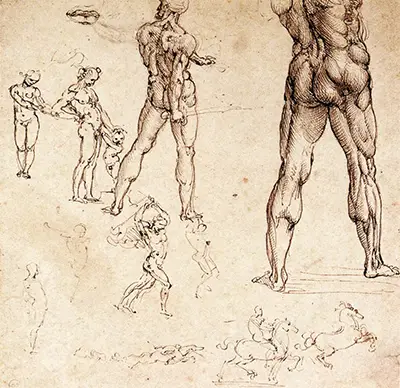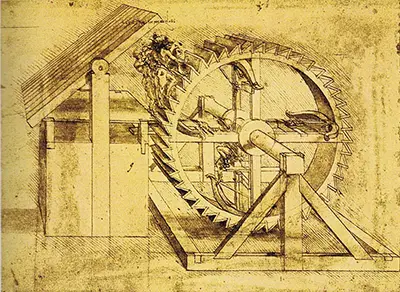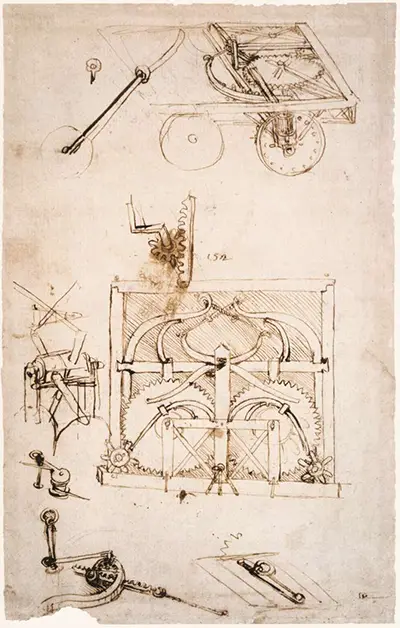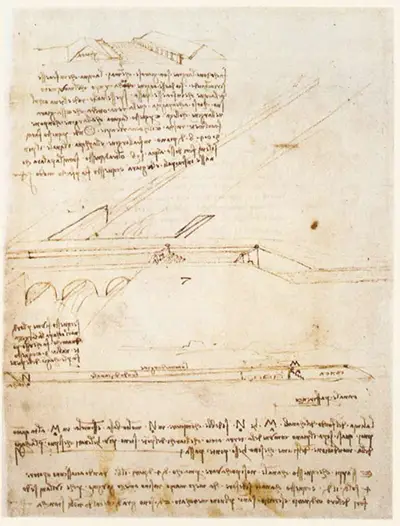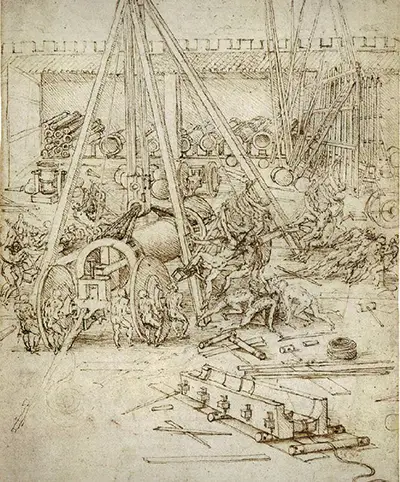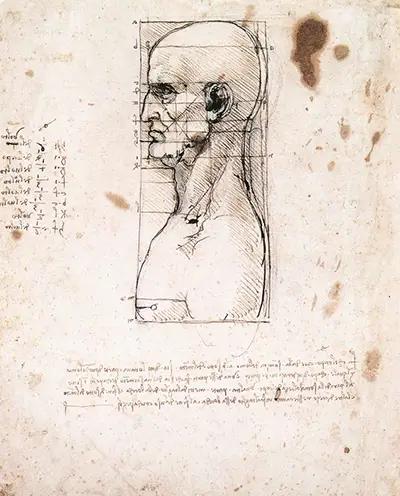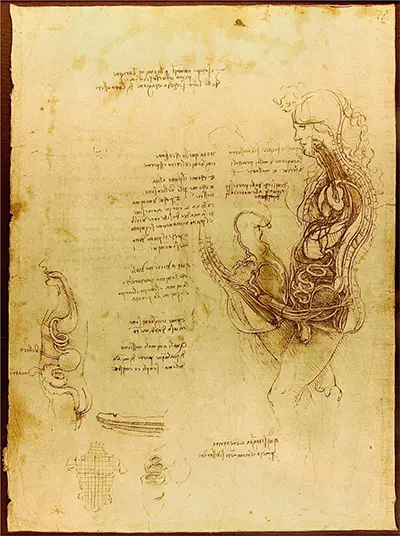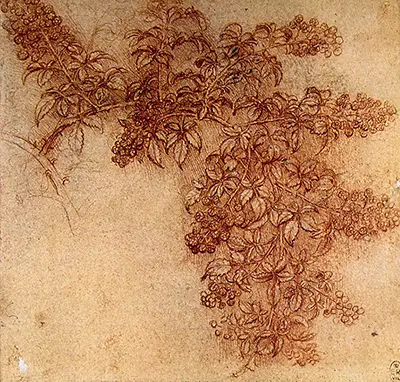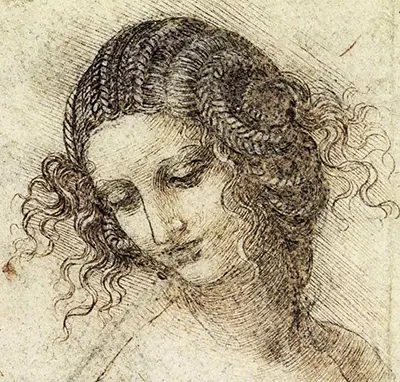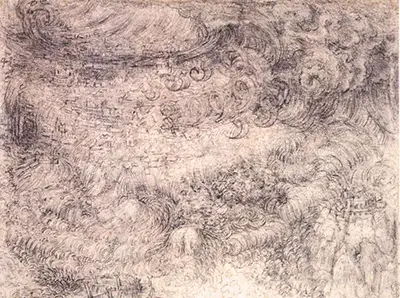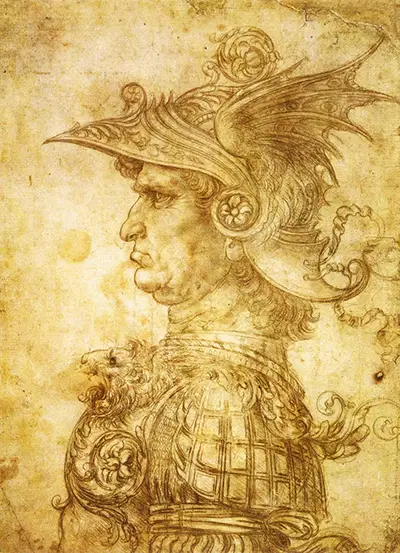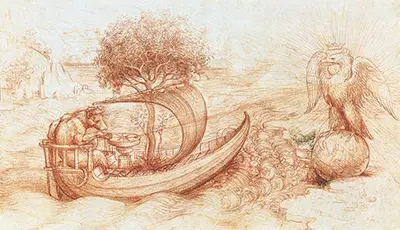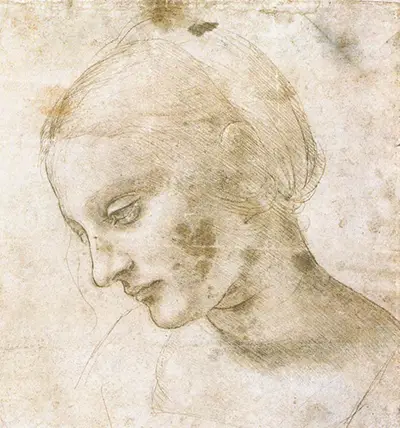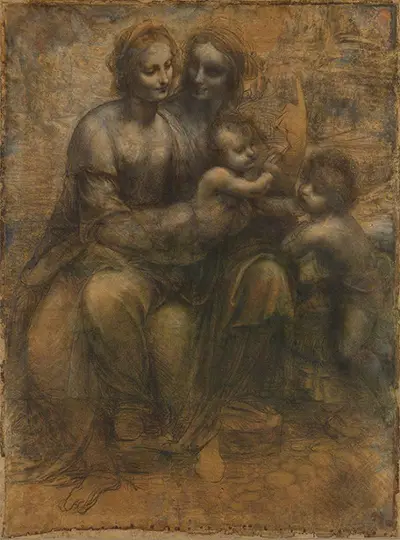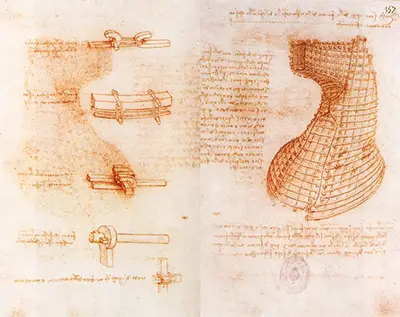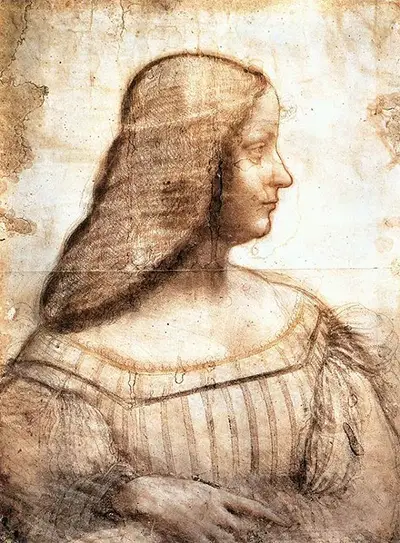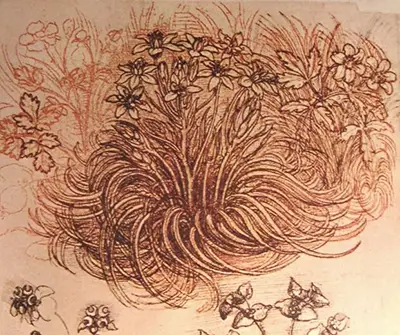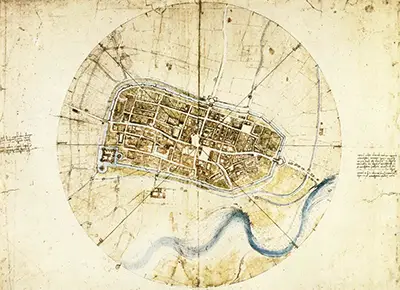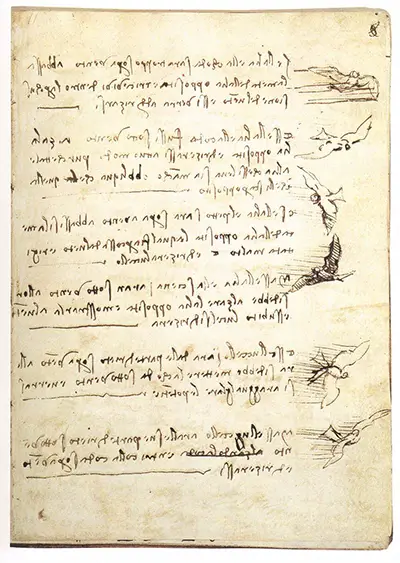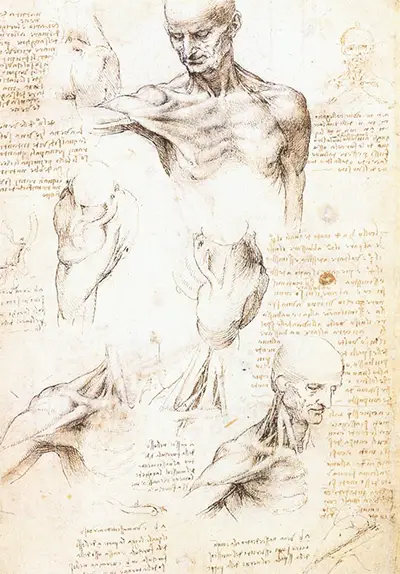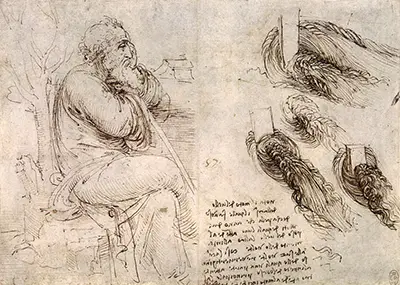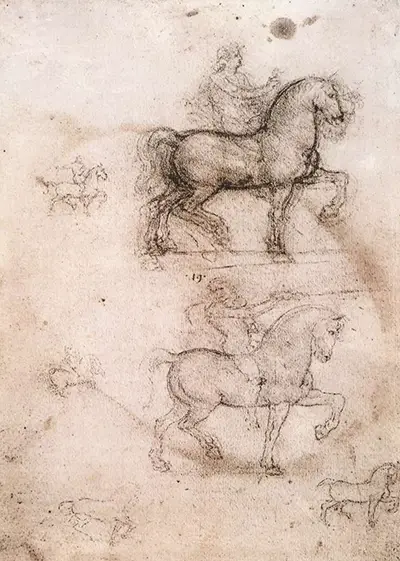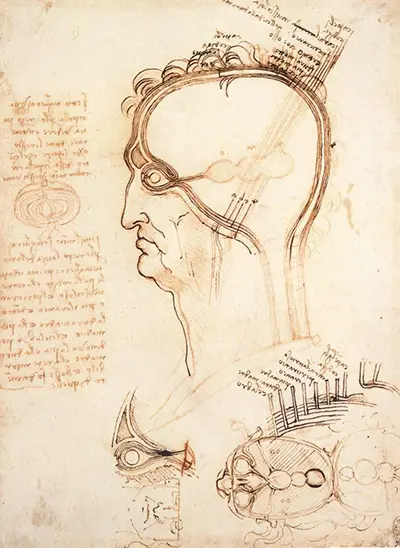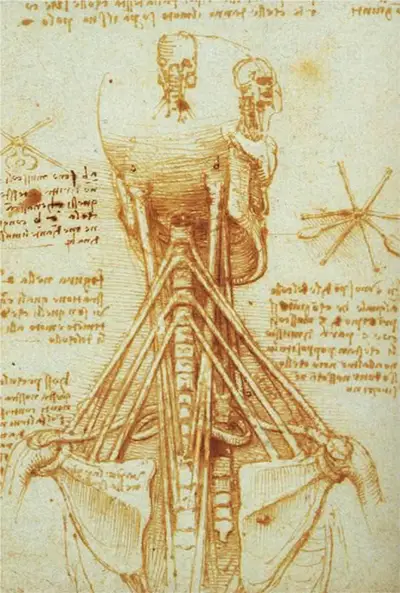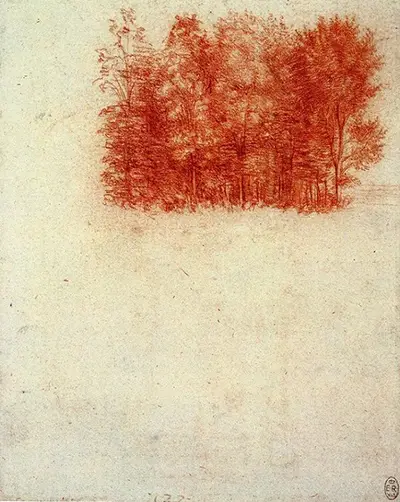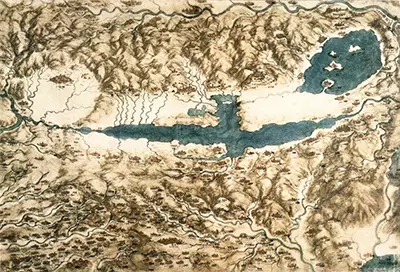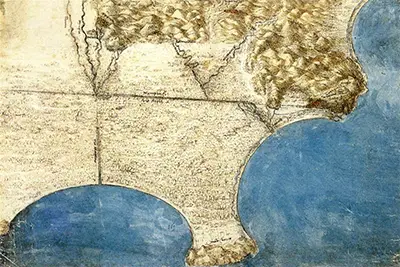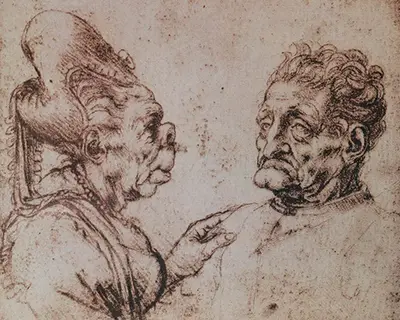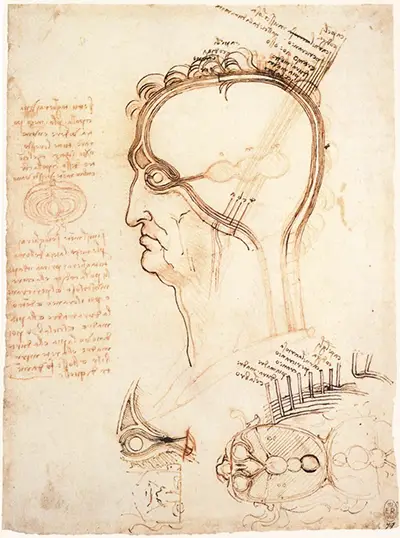Rivaled only by Michelangelo, Da Vinci has fashioned many cultural iconic pieces of art.
Leonardo Da Vinci, or commonly referred to as Leonardo, was born in 1452 in a town called Vinci in Florence, hence the surname Vinci.
Leonardo began his career as an understudy to Verrocchio, a renowned painter in Florence who became most famous for his painting: The Baptism of Christ, which Leonardo is actually credited for by assisting in this portrait.
Leonardo spent much of his time in Milan, Rome, and later resided in France, throughout his successful career, Leonardo has been titled: The Renaissance Man.
The Renaissance period was a time for bridging the gap between the Middle Ages and Modern History. Starting in Italy, it spread all across Europe between the 14th and 17th Century which marked the beginning of a new modern age.
This period gave birth to many structural masterpieces and provided the world with iconic paintings such as The Vitruvian Man. Paintings such as: The Mona Lisa and The Last Supper were all crafted by Leonardo in the Renaissance period, additionally, many structural designs including a helicopter-like flying device, a parachute, and a battle tank design which were well ahead of their time at this stage but lacked the modern materials were also drawings created by Leonardo.
The Renaissance period was truly a time for creating ideas and crafting masterpiece drawings. Most followers of Renaissance draughtsman will be well aware of Albrecht Durer's Praying Hands drawing which some consider to be the most famous drawing from this period.
Leonardo Da Vinci’s Vitruvian Man is based on the work by Vitruvius. Vitruvius is considered to be Rome’s first ever recorded architect.
Vitruvius’s work as an architect expressed his beliefs that the ideal human body is designed to be the height of eight heads stacked up together.
His fascination with the proportion of the human body has led him to believe that human anatomy is the source of proportion towards the rules of architecture. Leonardo Da Vinci’s Vitruvian man is dedicated, influenced by, and named in the honour of Vitruvius.
According to Vitruvius, The Vitruvian Man is translates to the proportions of the human body. Leonardo’s drawing of The Vitruvian Man was created in 1490. Leonardo’s fascination with human anatomy has surely influenced him to conduct this world famous piece of art.
The drawing itself, consist of two imposed positions of the man. The first one is a portrait of the man with outstretched arms with the legs standing firmly straight; this forms a square outline between the tips of the fingers and the bottom of the feet around the man.
The second portrait of the man in an almost similar fashion, however, the arms are outstretched upwards and the legs are outstretched further apart, this is name as the spread eagle position.
This forms a perfect circular drawn around from the tips of the fingers to the foot, similar to the square drawn around the first portrait; it is worth noting that the middle point of the circle is not equal to the middle point of the square, which makes the picture of the man look off centre.
This is Leonardo’s own personal touch and contribution which makes it different and stands out from other previous illustrations. See Botticelli drawings from this period of art history, perhaps also Durer and Raphael too.
Above and below the drawing there is text written based on the architectural work by Vitruvius. The text describes the mathematical proportions of the human body and details the correspondence of each body part and how it relates to measurements of the perfect human body size.
For example, the text on the top of the drawing mentions that the human palm is described as being the measurement of four fingers. This is continued on by describing that the human foot is the length of four palms. Furthermore, it is summarized, by detailing that the perfect height of a man is the combined measurement of 24 palms.
The text beneath the drawing details further proportions and measurements. This text features more about what the person sees in the drawing. For example, in the drawing, the man has outstretched arms and the text explains that the length of the outstretched arms is equal to the height of the man.
This is broken down further into fractions such as the overall width of the man’s shoulders is perfectly equal to the one-quarter the height of the man, an equal measurement is that from the breast to the top of the head is also a quarter of the height of the man indicating that the width of the man’s shoulders is equal to the distance from the breast to the top of the head.
Half the height of the man is considered to be from the root of the penis to the level ground when the man stands straight or as previously mentioned that the full height of the man is 24 palms, with this evidence, it can be concluded that the distance from the root of the penis to the level ground can be considered to be the measurement of 12 palms.
The Vitruvian Man is Leonardo’s finest display of blending mathematics and art together. The drawing exhibits Leonardo’s ability to recognize human proportions. It brings both Leonardo’s research and understanding in ancient text and the application of his own knowledge and understanding of human anatomy.
The Vitruvian Man was purchased by an Italian painter named Giuseppe Bossi who died in 1815. It was later collected in 1822 by the Gallerie dell’Accademia in Venice, Italy. Today, the picture still remains there and is, like most paper and ink masterpieces, only occasionally shown to the public.
